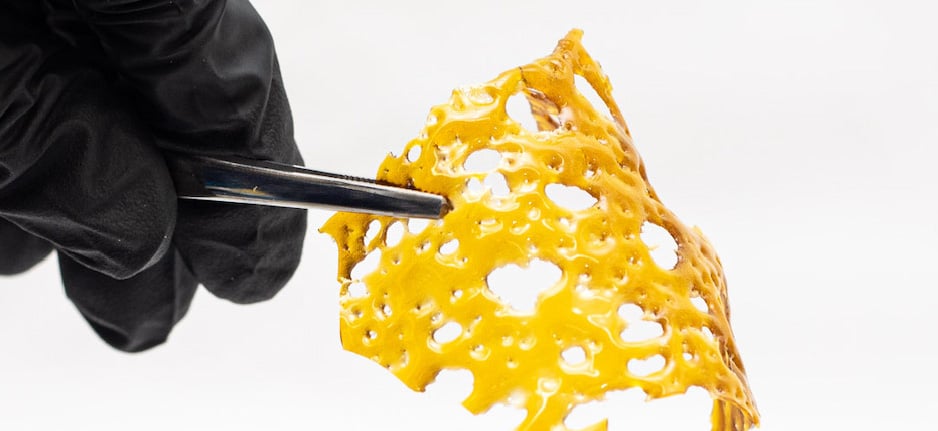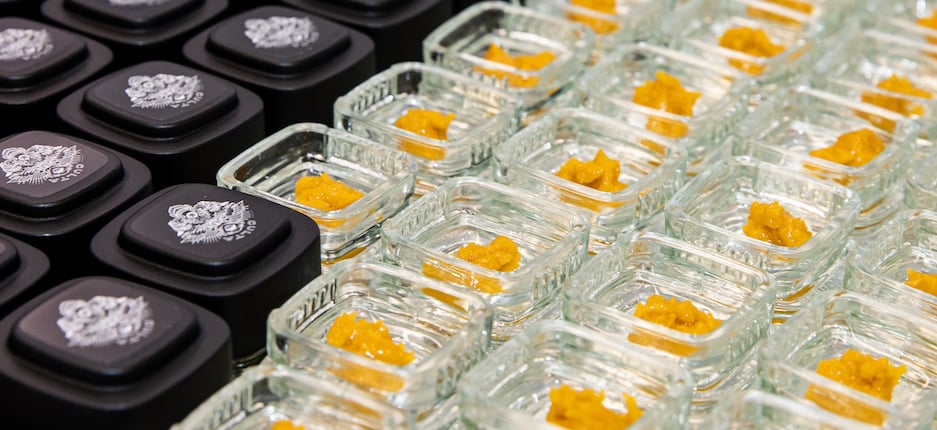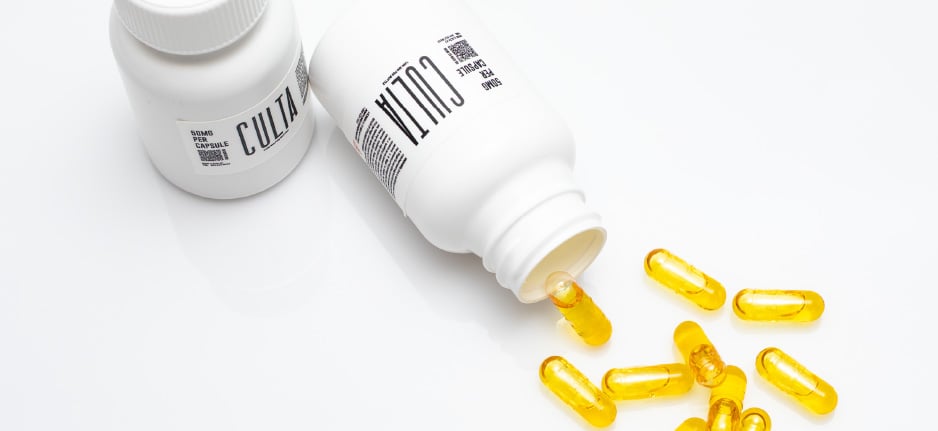Whether you’re a long-time medical cannabis patient or just recently received your MMCC card, you’ve probably heard people talk about concentrates. But venturing into the world of concentrates can be confusing (and dangerous/illegal if you plan to make your own -- as of June 2021, making homemade cannabis concentrates is illegal in virtually every state.) Plus, between wax, rosin, shatter, and resin, there’s a lot of new vocabulary to learn!
We hope to help you understand the differences between the four most common types of concentrates through this guide. But first, we’ll give you the 411 on what you need to know about concentrates.
What are cannabis concentrates?
Before you can understand the differences between wax, rosin, shatter, and resin, it’s important that you understand what they all are. In short, they are all a concentrated form of cannabis. Like concentrated orange juice, this means that the THC content is much higher in concentrates than in flower. To put that into perspective: cannabis flower typically has 10-25% THC content, while the THC in concentrate products can go up to 80% (or more!)
In short, you can almost think of concentrates as a more intense flower. They’re all a far more potent form of cannabis, so responsible dosing is key.
Wax
It might sound gross, but if what you’re holding in your hand looks like ear wax...it’s cannabis wax! Wax is usually smoked using a dab rig but can also be vaped. Wax has been agitated during the extraction process, causing the oil to crystallize and solidify into a thick, malleable, and waxy consistency. Unlike shatter, it doesn’t shatter and is thicker than oil, so it’s pretty easy to use. If you’re new to cannabis concentrates, wax might be a good place to start. It’s generally drier and more crumbly than budder.
Rosin
Rosin is produced by drying and curing cannabis flower, dry sift kief, or hash then removing the THC-rich resin concentrate through a combo of heat and pressure. Unlike the other cannabis concentrates on this list, extracting rosin is a solventless technique. This means that the process does not involve or use any foreign substances. Instead, it uses a mechanical process. It’s also super versatile in nature: you can smoke it, vape it, add it to an edible, or dab it.
Shatter
Shatter gets its name from its delicate consistency -- it can quite literally shatter if you aren’t careful. Shatter is typically made using butane or hydrocarbon (which is how it achieves its glass-like appearance) and contains between 70-80% THC. Note: shatter and other types of butane hash oil are extremely dangerous to make at home and have resulted in several explosions. Professional-grade shatter uses highly specialized equipment, so please do not attempt to make your own cannabis extracts at home.
Resin
If you’ve smoked cannabis from a pipe or bong before, you’re familiar with resin -- it’s the dark, sticky substance that accumulates in your smoking device over time. It can also be extracted directly from the plant, which is how commercially-sold resin is produced. It has an appearance that’s similar to wax except, unlike wax, resin is naturally occurring.
Other types of concentrates
Although wax, rosin, shatter, and resin are some of the most popular cannabis concentrates, this list is not exhaustive. Other types of concentrates include:
- Cannabis oil - the substance commonly found in vape cartridges. (And the reason for 710 day.)
- Hash - kief that’s compressed into a block shape (and one of the original extraction processes)
- Distillate - a pure/potent cannabis oil that’s used as a base for most edibles and vape cartridges
- Badder / Budder - made using liquid petroleum gasses, budder has a smooth consistency while badder looks more like a sauce.
- Sauce - a sticky, syrupy substance and is created by combining a plant’s terpenes with its cannabinoids.
- Sugar - has a consistency of wet sugar and is chemically extracted from dried flower or fresh frozen cannabis plants.
- Diamonds - crystals that are formed via heat and pressure when curing sauce.
- Aqua - the name given for any concentrate that is filtered through adsorbent media; used to produce a wide variety of end products, including shatter, badder, and cured sugar.
- Live resin - uses frozen cannabis material so the end product has robust terpene and cannabinoid profiles that resemble the qualities of the live plant.
As cannabis extraction and manufacturing techniques continue to improve, new cannabis concentrates are bound to hit the market. Again, this list is not exhaustive but includes some of the more common concentrates currently on the market. For more information about our extraction methods, check out our in-depth FAQs.
Other tips
As previously mentioned, attempting to make your own cannabis concentrates is complex and very dangerous (and is highly illegal in most states, including Maryland.) Fortunately, CULTA has access to the best equipment, and our highly-skilled employees are well-versed in the ins and outs of extracting concentrates. If you have questions about any of our specialized concentrates, please visit our flagship dispensary or one of our partner dispensaries and speak to a knowledgeable budtender today.
To continue your cannabis education, learn how your body absorbs THC, the difference between indica and sativa strains, and which intake method is right for you.



